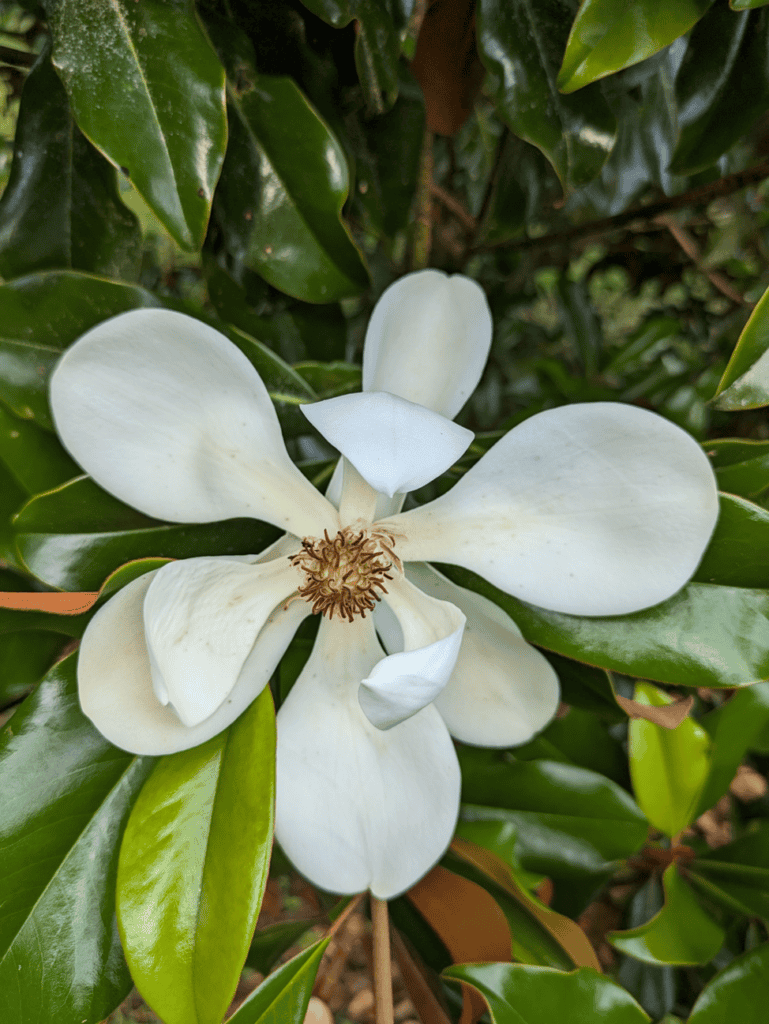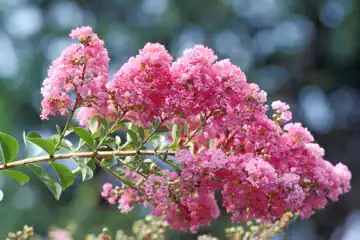The Magnolia Tree: An Iconic Symbol of Southern Charm

As we drift into summer with days’ becoming longer and steamier, a tree which has lain dormant begins to unfold its elegant blooms: the Southern magnolia. With its glossy green leaves, creamy white blossoms, and intoxicating fragrance, the magnolia is more than just beautiful – it possesses fascinating history, biology, and symbolism deeply rooted in Southern culture.
World Traveler
Although native to the United States from Maryland as far south as Florida and west to Texas, the southern magnolia has been widely planted as an ornamental tree and is now found throughout the world, from Asia to the Americas. Its name derives from a French botanist, Pierre Magnol, who admired the tree so much that he transplanted it from the United States to Europe 300 years ago.
Ancient Origins
Magnolias are one of the oldest known tree species in the world. They have fossil records dating back over 20 million years, meaning early magnolias may have coexisted with dinosaurs. Botanists believe that magnolias are some of the earliest flowering plants, even originating before bees, which led the tree to depend on beetles for pollination.

The only evergreen in the Magnoliceae family, the magnolia grows 60 to 80 feet tall, with a spread of 20 to 40 feet. Typically, these trees begin to produce seeds around 10 years of age and reach peak seed production at around age 25.
Magnolias are angiosperms, meaning they use flowers to reproduce. Theirs are “perfect” flowers, meaning they possess both male and female reproductive structures. Their creamy white blooms can grow up to a diameter of 12 inches and produce a strong fragrance which attracts pollinators, mostly beetles. Magnolias’ main flowering season is May through June.
Southern magnolias possess some of angiosperms’ most primitive fruit; it has likely remained unchanged for millions of years. As the cone-shaped fruit matures, its flesh splits open, exposing individual red seeds. These seeds are then eaten and spread by turkeys, quail, opossums, and squirrels.
Magnolia Medicine
Magnolia trees have been used for centuries as herbal remedies. Native Americans of the South used magnolia bark to treat skin and kidney ailments, and today, modern pharmaceutical companies are investigating chemicals derived from magnolias for potential medicinal use, especially as steroids and anti-anxiety medications.
Symbolism in Bloom
This majestic tree has acquired much symbolism over the centuries. The magnolia flower is associated with nobility, perseverance, and dignity, and the magnolia tree in general is a symbol of magnificence because of its impressive height and enormous flowers. The endurance and strength of magnolia trees have made them a symbol of everlasting connections, making magnolia flowers a fitting addition to wedding bouquets. In Georgia, people used to plant a magnolia tree in every flower bed because it was said that luck and economic stability would follow.
Moreover, magnolias carry deep spiritual significance for some cultures. In some Native American traditions, magnolia trees are revered as sacred beings, embodying the essence of the natural world. Similarly, in Christian symbolism, the magnolia’s evergreen leaves and fragrant blossoms are seen as reminders of eternal life and the promise of renewal.
Grow It!
If you wish to grow magnolias in your yard to capture your own luck, be sure to provide plenty of space for them to grow. Magnolias prefer rich soil with partial shade. They can tolerate high moisture levels but are intolerant of overly wet or swampy soils and prolonged flooding. They are well-adapted to this area, as their deep roots hold the trees firm in hurricane winds and their tough bark makes them somewhat resistant to fires. Their leaves, which drop in both the fall and spring, may be chopped with a rotary mower and blown back under the branches to recycle nutrients.
From its ancient origins to its modern-day symbolism, the magnolia stands as an emblem of Southern grace and beauty, now loved the world over. As its iconic blooms emerge to herald the onset of summer, let us take an extra moment to savor their heady aroma.
See majestic avenues of magnolia trees for yourself on our Cumberland Island Walking Tour: Haunting Ruins and Wild Horses!
Want to know more about trees native to the Southern U.S.? Learn about the live oak tree here!


